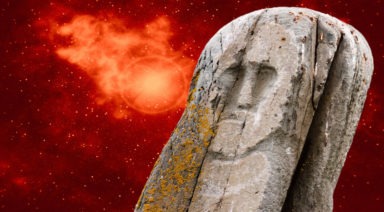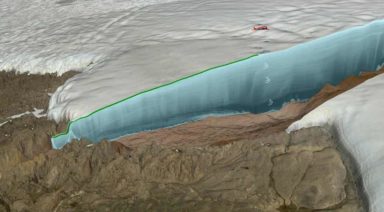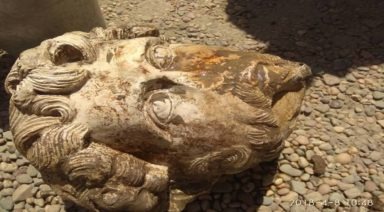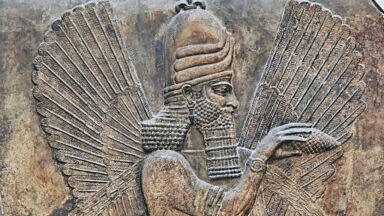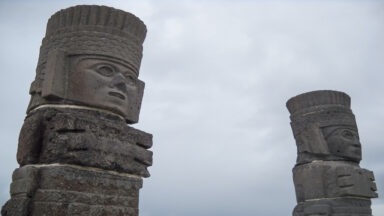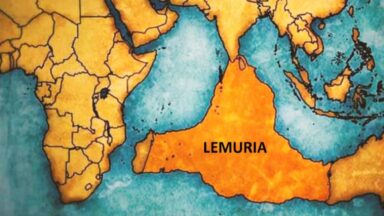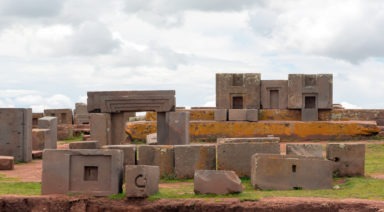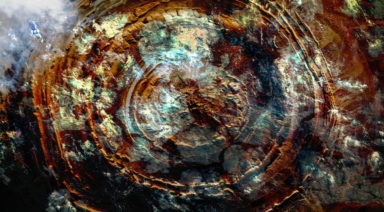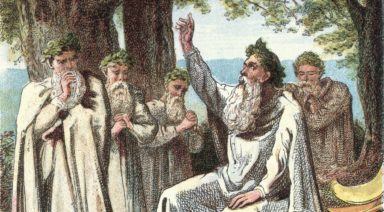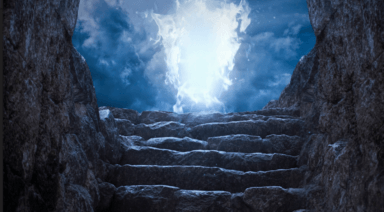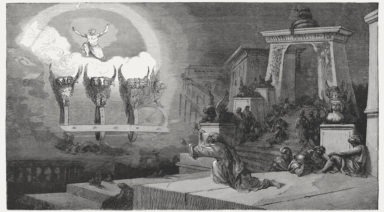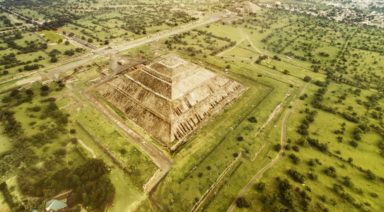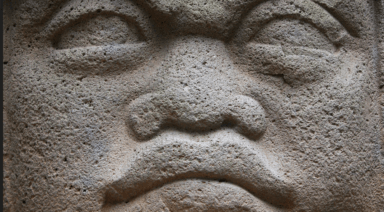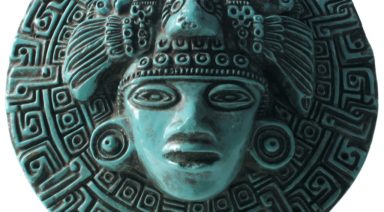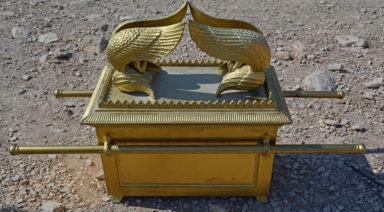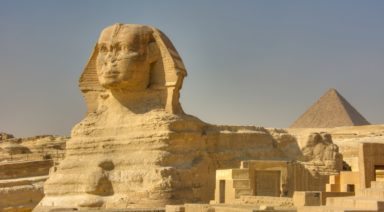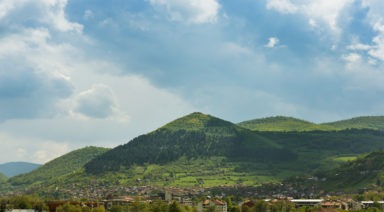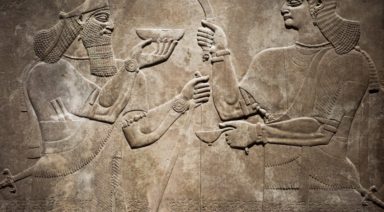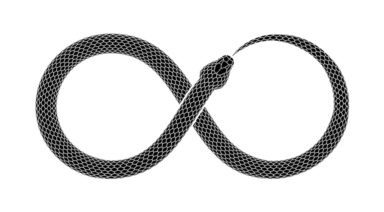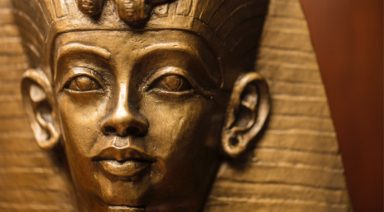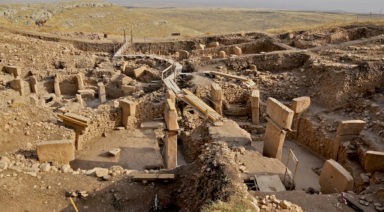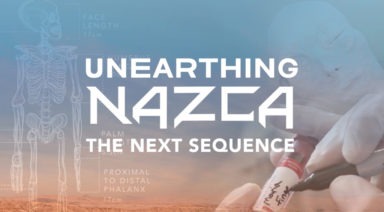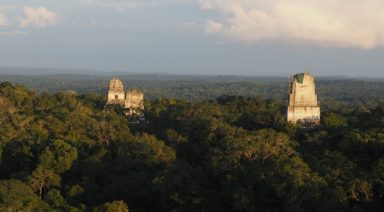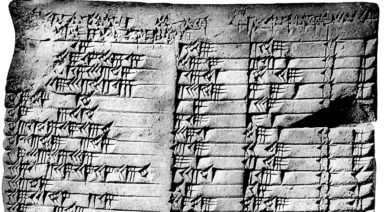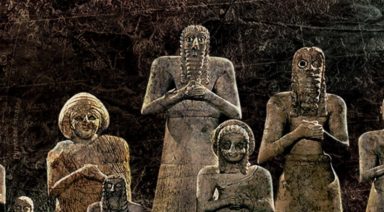Artificial Intelligence Uncovers More Than 140 New Nazca Lines
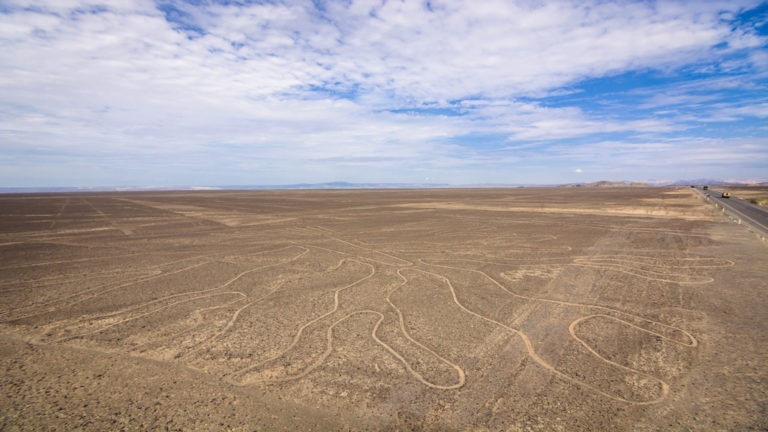
Since Peruvian archaeologist Toribio Mejía Xesspe first discovered the Nazca lines in the 1920s, — giant images etched into the earth across Peruvian plateaus — they have been the subject of great speculation, with scientists searching for a logical explanation and others wondering if they are signals and symbols reaching out to alien life forms. The Nazca geoglyphs are so tremendous in their proportions (some of which measure up to 1,200 feet long) and so incomprehensible on the ground that their messages seem aimed at viewers who must have been airborne. And now, even more of these geoglyphs have been discovered in Peru, further baffling the already baffled investigators. While these latest finds are exciting, it seems that scientists are no closer to resolving the mystery of why they were created.
About the New Nazca Geoglyphs
With the help of the latest technology, a treasure trove of Nazca lines, located on the Peruvian Nazca Pampa and surrounding areas, have been detected. Japanese research scientists reported that a joint feasibility study between Yamagata University and IBM Japan (2018–2019), utilizing IBM Power Systems servers and AI, has resulted in successful geoglyph recognition. The research team, led by Professor Masato Sakai (cultural anthropology, Andean archeology) at Yamagata University, Japan, identified new geoglyphs depicting people, animals, and other beings — but what remains unknown are the people — or beings —who created the Nazca lines.
Essentially, artificial intelligence has been able to glean enough information from ancient, faded, and incomplete geoglyphs to make visual sense of them. The New York Times reported that researchers combined onsite fieldwork with the most modern tools, including satellite photography, high-resolution 3-D imaging and, in one case, artificial intelligence.
University researchers noted that “the biomorphic geoglyphs are thought to date back to at least 100 BC to AD 300. Additionally, in a feasibility study carried out from 2018 to 2019 together with IBM Japan, the university discovered one new geoglyph by developing an AI model on the AI server IBM Power System AC922 configured with the deep learning platform IBM Watson Machine Learning Community Edition (formerly known as IBM PowerAI). This study explored the feasibility of AI’s potential to discover new lines and introduced the capability to process large volumes of data with AI, including high-resolution aerial photos, at high speeds. This represented the first glyph at the site discovered by an AI.”
Who Discovered the Nazca Lines?
Back in 2011, one of the newer geoglyphs discovered by the same team of Japanese scientists has been interpreted as a scene of decapitation. At about 4.2 meters long and 3.1 meters wide, this particular image is far smaller than other Nazca figures and is not easily noticeable from aerial surveys. This discovery confirmed what anthropologists already knew about the Nazca people — that they were known to collect “trophy heads.”
In 2016, the same team of Japanese researchers discovered a 98-foot-long depiction of a creature with its tongue sticking out. The creature, which is deemed to be mythical in nature, sports a body marked with spots and numerous legs. Two years later, Peruvian archaeologists announced that they had, with the help of drone technology, discovered more than 50 new images in the same geographical region, and were able to map the landmarks in unprecedented detail.
This newest crop of Nazca line drawings includes a broad variety of animals, including camelids, a group of mammals that includes llamas and alpacas; cats; fish; and snakes.
The Mystery of the Nazca Lines
Anthropologists have good reason to suggest that the Nazca culture, which came onto the scene at around 100 B.C.E. and flourished from A.D. 1 to 700, were the artists behind the majority of the images at the Nazca lines location. Perhaps both the Chavin and Paracas cultures, which predated the Nazca by several centuries, may have also created some of the now-famous depictions. The Chavin inhabitants believed their priests communicated with various gods, and to honor them, they constructed huge sculptures. The Paracas people, who dated back to around 600 B.C.E., were known to be skilled in ceramics and mummification. Many mummies found in the Necropolis period featured elongated skulls, which is yet another mysterious aspect of the legacy of early Peruvian peoples.
To etch their gigantic images into the desert floor, the ancient artists were aided by the naturally occurring layer of iron oxide-coated pebbles, the color of deep rust. Designs were made by removing the top 12 to 15 inches of rock, in order to reveal lighter-colored sand below. Scientists believe those who made them likely began with small-scale models and carefully increased the models’ proportions to create larger designs.
Regardless of all that has been discovered, and perhaps the means of fashioning such magnificent depictions, scientists have yet to offer a plausible — or satisfactory — explanation as to why the images were made in the first place. Most are only visible from great heights above the ground’s surface. So the question remains as to who these etchings were meant for and whether they were ancient landing guides or messages to beings capable of automated flight.
NBC News reported that some researchers are now speculating the new Nazca lines “may have once been a labyrinth with a spiritual purpose.” The new insight is the result of the work of two archaeologists who used “a decidedly low-tech method to understand the sand drawing’s ancient secrets” by walking over the lines. However, this theory hardly explains many of the newer findings that are much, much smaller than the originals discovered in the 1920s, and so the mystery of the Nazca lines (and who created them) persists.
Those who are far more broad-minded in their approach often argue that scientists are impeded by a materialistic philosophy that excludes the role of advanced civilizations. Perhaps early peoples were merely trying to communicate with visitors from elsewhere in the solar system — or beyond. Given the depictions of space travel and aliens in artifacts found across the globe and combined with the admissions of myriad worldwide government that UFOs are real, the ancient alien idea may not be so far-fetched.
Psychics and Archaeologists Solve History's Mysteries
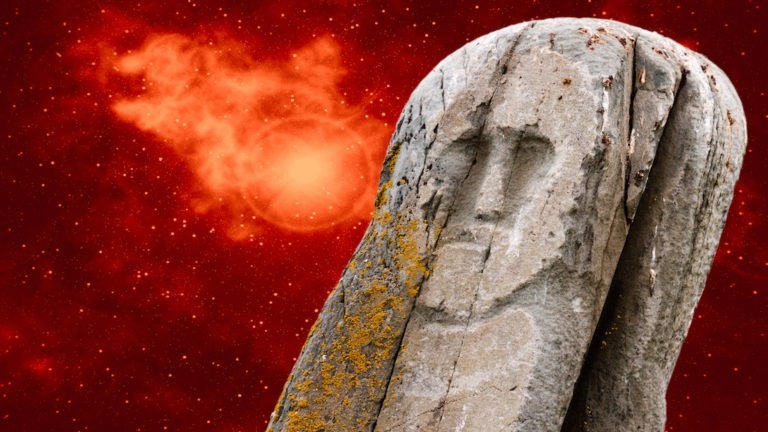
Archaeology can be frustratingly hit or miss — years of tedious digging can lead to nothing. Many discoveries occur during construction excavation, road building, and recently, by drone photography that reveals soil and vegetation disruption over ancient sites.
While most academic archaeologists dismiss psychic research methods for locating ancient objects and sites, others use them with great success, pinpointing exact locations for excavation. Below are examples of successful automatic writing, psychometry, and remote viewing in archaeological research.
Frederick Bligh Bond
Frederick Bligh Bond was a 19th-century British architect, archaeologist, and illustrator. The son of an Anglican minister, Bond was also a member of the London-based Society for Psychical Research (SPR), dedicated to understanding paranormal phenomena such as telepathy and ghosts.
Bond designed school and university buildings, a hospital, and once, a pub, over time becoming the U.K.’s foremost expert in church architecture and restoration. He was also fascinated with gematria, a Kabbalistic system based on the esoteric numerical value of Hebrew letters and words. By applying gematria to measurements of medieval religious structures, Bond discovered sacred symbolism designed into ancient churches, chapels, and abbeys, even if they were little more than ruins.
Bond’s Glastonbury Edgar Chapel Discovery
Glastonbury, in Somerset, is home to the ruins of a magnificent seventh-century abbey. Archaeological investigations show the area had been used or inhabited by occupying Romans and Saxons. While the site has a significant place in church history, it is also connected to Arthurian legends and is said to be the site of King Arthur and Queen Guinevere’s tombs.
The Anglican Church invited Bond, with his deep knowledge of church restoration, to direct archaeological digs at Glastonbury in 1908 — thus began the paranormal field of psychic archaeology in modern times. By combining his two passions, ancient religious sites and psychic exploration, Bond invented the controversial discipline, much to the dismay of academics and scientific method-based archaeologists.
Bond and his friend John Bartlett, another SPR member, devised a plan — to attempt to make contact with long-dead abbey residents via automatic writing. Glastonbury, the supposed site of the mythic Avalon, held other mysteries.
After his crucifixion, the gospels state that Christ’s body was entombed by his disciple Joseph of Arimathea. A wealthy man, Joseph had kept his devotion to his teacher hidden from authorities. Centuries later, legends placing him in the midst of Arthurian grail legends and Glastonbury history emerged. Some believed Joseph accompanied Mary Magdalene, said to be Jesus’s widow, and their child Judah, to the British Isles. Those legends continue to swirl around Glastonbury to this day.
Bond wanted to find evidence of the lost Edgar Chapel, founded by Joseph of Arimathea, on the site of the abbey ruins. In November 1907, he and Bartlett, using the automatic writing method, stated the question, “Can you tell us anything about Glastonbury?” They had no idea who might respond, but an answer came back; “All knowledge is eternal and available to mental sympathy.”
Many sittings and conversations later, Bond and Bartlett had coordinates for where to dig for the chapel foundation. In fact, there was a building foundation precisely where Bond directed workers to dig.
Eventually, Bond’s methods and discovery exploded into a maelstrom of controversy; church and academic communities turned their collective attention on debunking and denying the truth of Bond’s discovery. Blasting Bond for employing “pseudoscience,” the facts of the discovery were overlooked in favor of campaigning to discredit Bond and his methods.


